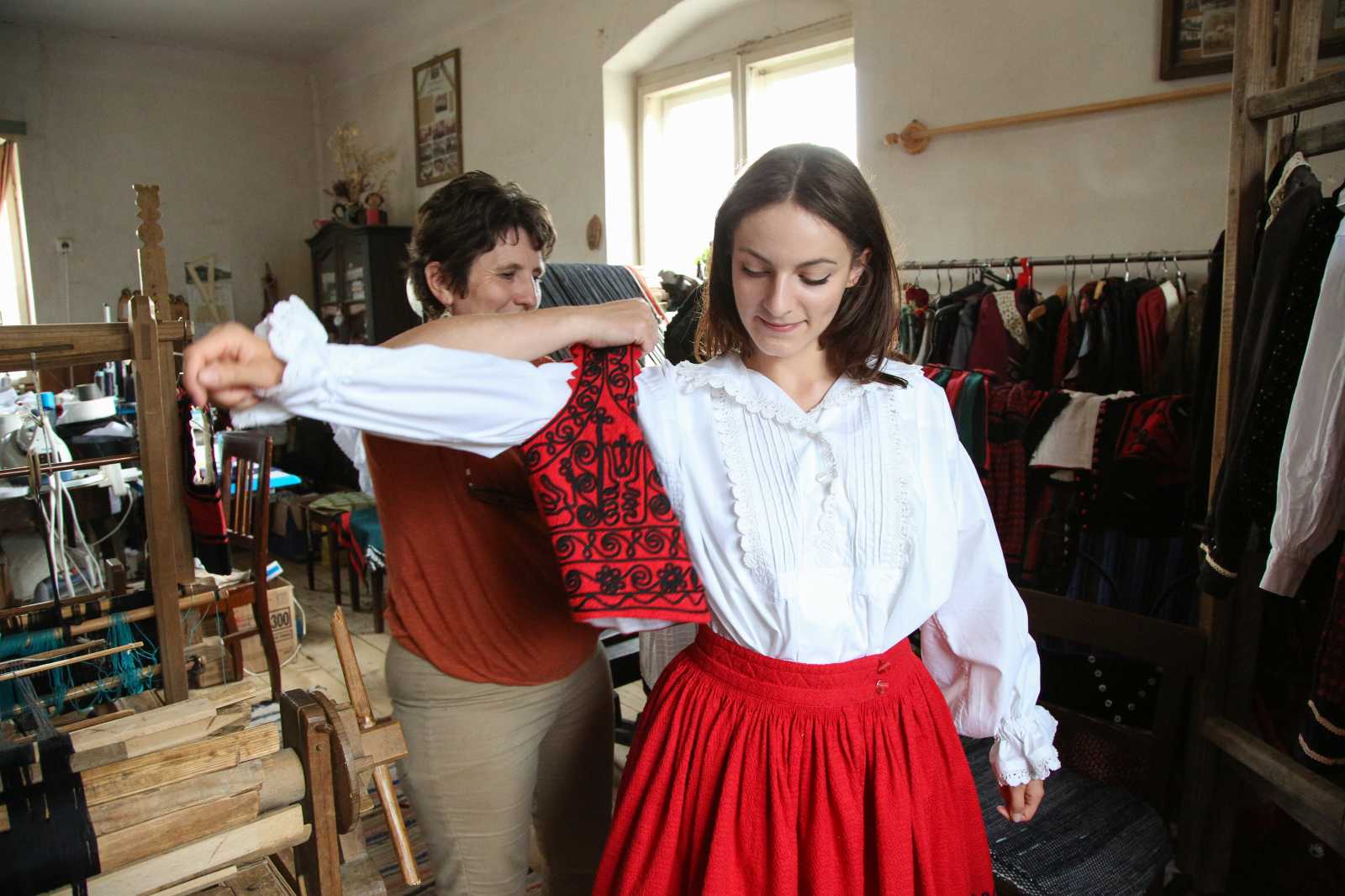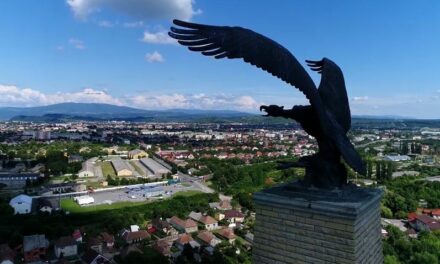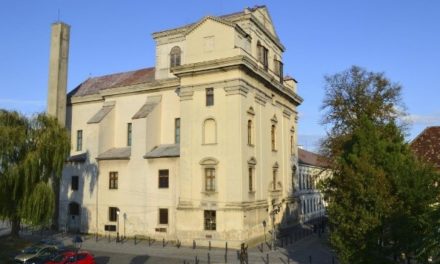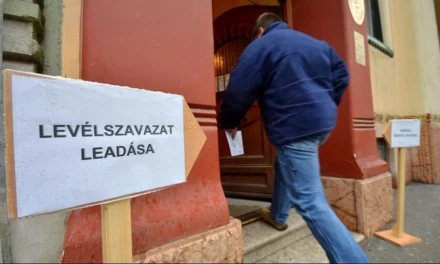They weave and sew by hand, and they wear the national costume even on weekdays. Interview with Jolán Csog, operator of the Motolla Handicraft House.
The untouched nature of the Forest Region and its closeness to tradition dazzle me, while we travel to Erdőfülé to talk with Jolán Csog, the operator of the Motolla Handicraft House, about the Székely folk costume. We are only truly amazed when our path leads to a musty building, a realm of hundred-year-old objects, and a small room full of materials, textiles, looms, and vibrant folk costumes that reach almost to the ceiling.
All of them are produced by four women, woven and sewn by their own hands - the naturalness of the cavalcade of materials is enchanting.
"The folk costume is truly alive when we dare to wear it on weekdays. If not all of them, we can proudly wear one or two of them at work or at home, as some of their elements are still practical today. For example, the overalls made of linen"
- the craftsman shares with us, and he even brings the clothes from Csikszék for the summer season for us to try on. Comfortable pieces, full of shine, all the materials we put on ourselves, we say.
As soon as we reach Erdőfülé, we notice that at the beginning of every street there are beautifully crafted signs decorated with motifs with the name of the street: we are looking for Fosztó Street, we think it is better to stop at the village shop. We get directions from a smiling seller, who tells us that the Motolla Handicraft House operates in the old kindergarten. It's easy to find. We were about to open the gate when a five- or six-year-old girl runs towards us, her name is Villó, she introduces herself loudly, and then lets us in. We walk through the yard among the cows, he happily tells us that kindergarten is over, he will be in school soon, but in the meantime he is taking care of his father's livestock while his mother sews inside.
The cow doesn't hurt, there's nothing to be afraid of, "if we don't hurt the animal, it doesn't mean us any harm either," he adds with childlike sincerity.
As soon as we enter the door of the building, we are greeted by the hum of sewing machines and the click of looms within the ancient walls. Four women are standing inside: one spins yarn, another drives the sewing machine, a third weaves fabric, and the fourth knits a skein. It's as if we've fallen into a folk tale: we're surrounded by hundred-year-old furniture, materials towering almost to the ceiling, balls, and various folk costumes.

Photo: Zsuzsánna Fodor
They are even more beautiful and colorful, "because Székely clothing is not just black and red, as most people know it. Some Székely national costumes wear blue, green, brown, and purple, but many people forgot about it during the process of urbanization," the workshop operator and the mother of the little girl who welcomed us, artisan Jolán Csog, shares with us.
We go to talk next to a loom, on which one of the seamstresses is currently working the fabric from Csíki. In the meantime, Jolán Csog enthusiastically tells us that the business, which is now respected throughout Transylvania, Székelyföld and Hungary, started as a hobby, although it operates in modest conditions, and the room, which provides space for work, stopped it, absorbed the time, yet many are visited, the number of orders is increasing, and the interest in the folk costumes they produce is increasing.
Nowadays, it is rare that every thread of Székely clothes is worked by human hands.
The material is usually bought by the folk costume makers, or it is created with a mechanized loom, because the production of the fabric is a lengthy process that requires a lot of knowledge. And, of course, it is also more expensive, which not everyone can afford. Yet they do not renounce this ancient knowledge, because they believe that the handmade folk costumes carry the past, the present and the future, remind of the ingenuity of the peasants of the past, and connect the wearer living today with their ancestors.

Photo: Zsuzsánna Fodor
Szilvia Bereczki's full article can be read on Maszol.
Featured image: Albin Gábos













